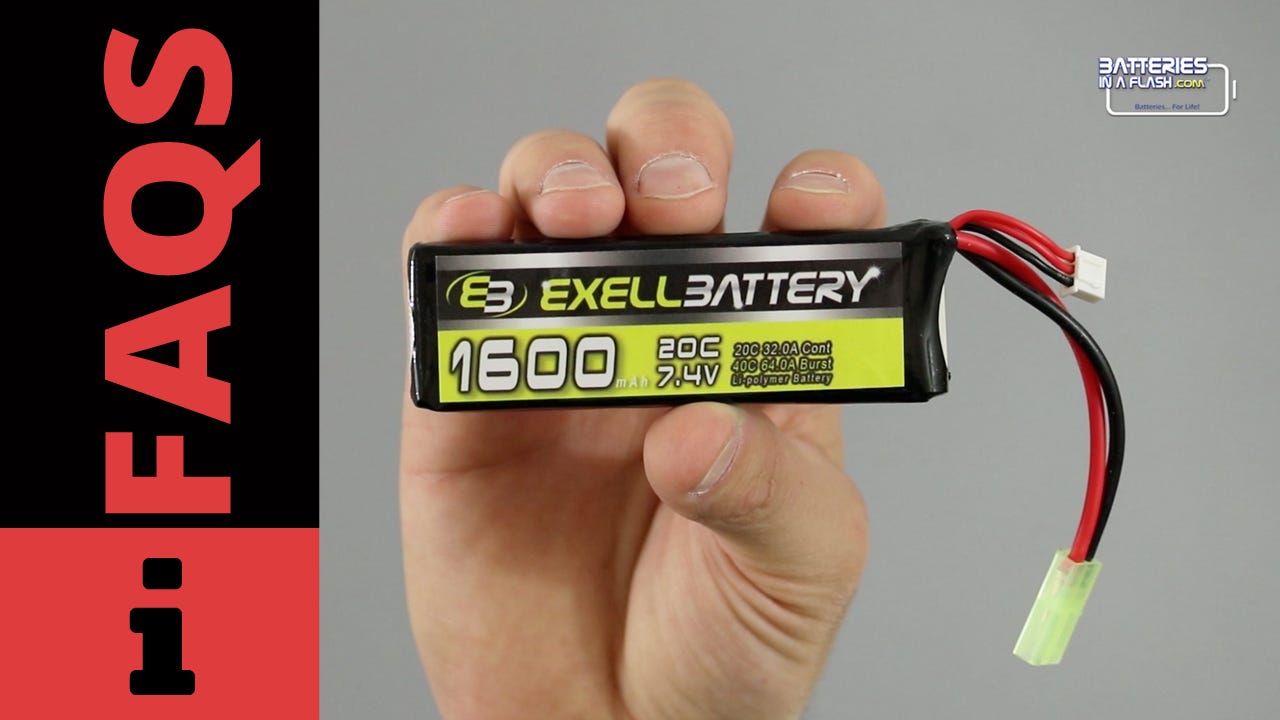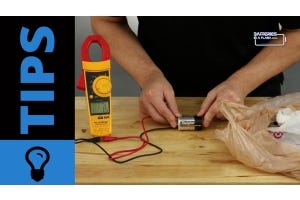Battery C Rating Explained and Demystified

Batteries are a bit of a mystery to people. They are not quite an electronic, so you don't have to program the time on them. However, they all have strange markings on them that battery manufacturers expect you to understand. For instance, the C Rating is found on most Li-PO battery packs. Typically it will look will something like 20C or 20C - 30C. So what does it mean? Watch the video below or read on for the explanation.
C Rating Background
C Rate is derived from Coulomb's Law, developed by French physicist Charles Augustin de Coulomb. The c-rate is the governing measurement of what current a battery is charged or discharged at. For example, the posted mAh of the battery is the 1C rating. If a battery is labeled 2000mAh, then its 1C rating is 2000mAh.
To simplify, the battery should provide a 1C current for one hour. In our example above, that would be 2000mAh or 2A of current for one hour. The same applies to a 0.5C rating. Again using the 2000mAh battery would deliver 1000mAh or 1A of current for two hours.
Battery C Rating Examples
The formulas for the example are simple. If for any reason I have not made it clear, comment for further explanation. The following examples are based on the first line in the table. 1600mAh battery with a 10C rating.
Continuous Discharge
(mAh / 1000) x C Rate = Continuous Discharge Amperage
(1600 / 1000) x 10 = 16A
Run Time for Safe Continuous Discharge
60mins / C-Rate = Run Time
60mins / 10C = Discharge 16A for 6mins
Use the formulas above; the table has examples of common amperage batteries and C Rates found on them. They are not for literal products and are only used as hypothetical examples.
As you can see in the chart, the 3500mAh battery will produce a higher continuous discharge than the 5000mAh battery. However, the 5000mAh battery will deliver it's current 33% longer than the 3500mah battery. So which result is more important to your application? Longer run time or higher continuous amperage discharge. If your battery is in an airsoft gun, you're probably looking for run time. If you're using an e-cigarette battery, then you are probably looking for a higher continuous amperage.







Nominal discharge capacity (1) 2500mAh
Nominal voltage 3.6V
AC Impedance 1 kHz ≤15mΩ
Voltage range 4.2~2.5V
Weight ≤48g
Cell Surface Cut-off Temperature Charge: 0 to +50℃
Discharge: -20 to +80℃
Standard charge current 1.25A
Max. continuous charge current 4.0A
Standard discharge current 0.5A
Max. continuous discharge current 30.0A
(1) CC-CV, 1.25A to 4.2V, 100mA cut-off at 25℃; CC, 0.5A to 2.5V cut-off at 25℃.
So you can measure cells manually (and to improve your results there is a formula for taking two measurements, one low current and one high current) or you can get something like the Wayne Giles meter which I believe applies something like a 17A load. The other options is to go with a milliohm meter that uses AC. YR-1035+ is very popular along with RC3563.
Mike